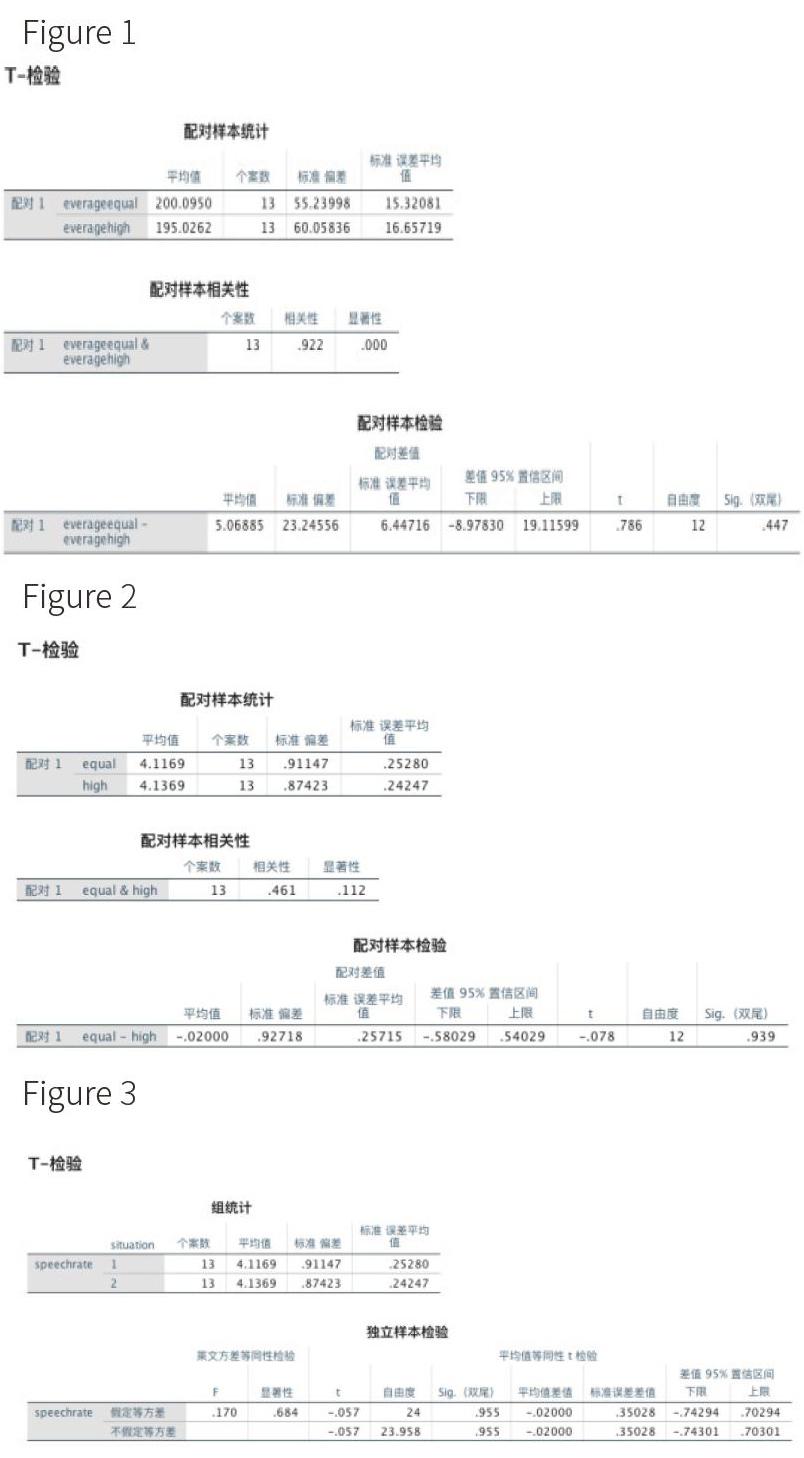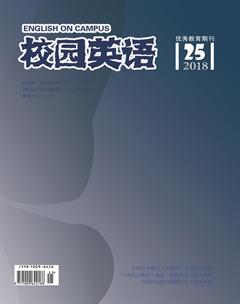Pilot Study for The Relationship Between Politeness and Prosodic Features
I. Introduction
China is a country which highly respects Li (courtesy) in daily interaction so Chinese people prefer to show politeness at different circumstances. However, only depending on the words to realize politeness is not sufficient enough, how people say the words also counts the credit. Therefore, it is reasonable and important to investigate the relationship between politeness and prosodic features. The current study is a pilot study for an another research which will involve more participants. the problems occurred in the current study will be improved.
II. Methodology
1.Research Questions
1) In Mandarin, there exists no pitch difference between degrees of formality?
2) In Mandarin, there exists no speech rate difference between degrees of formality?
2. Participants
Thirteen participants were chosen in this experiment, five males and 8 females. All the participants are native Chinese speakers and come from different provinces in China.
3. Procedure
Participants were instructed by a native speaker of Chinese and the instructions on the computer screen were also Chinese. Participants were informed that the study was about formality. Each participant needed to perform two spontaneous tasks to different interlocutors who have totally different social status and power, that is to say, close friend and professor. Pictures related to the situations would be displayed on the screen so that participants could be indulged into the required situation.
4. Stimulus Materials
In this experiment, there are two stimuli materials. In the spontaneous speech, participants were first given a note in paper form and they need to think of an invitation according to the massage on the note through an imaginary Wechat voice message. The note says that they want to invite their close friend to attend a birthday party on Friday evening, 7 0 clock at Burger King This task is based on the “Mailbox Task” used by Shin (2006) and Winter and Grawunder (2012). As Chinese dont have the habit of using voice mail, Wechat voice message is adopted in the current study. The formal situation provided for the participants is making an apologize for being late in the classroom. Only the topic of the task is shown on the screen without any key words or related hints. Participants has 5 seconds to prepare for the task and need to talk more than 1 minute. No written material is provided as participants need to respond according to the situation.
In order to lead participants into corresponding circumstances, different pictures were chosen. In the informal situation, they were given a picture of two friends with one extending hand to invite the other. On the contrary, the picture chosen in formal situation is a grey-hair professor who folds his arms in front of himself.
5. Recordings
All speakers were recorded in a quite room with a microphone connected to the computer. The phonetic analyses were realized by Praat 5.2.16 (Boersma and Vincent 2011).
6. Statistical Analyses
Significant Test was used to test the hypotheses listed above. A series of independent sample T-test is conducted to figure out the difference. If p-values is smaller than 0.05, then the result will be significant and the hypotheses will be rejected. To be more specific, there exist differences in pitch and speech rate between informal and formal speeches.
III. Data Analysis
Pitch and speech rate will be analyzed at this step to discover the influence of power toward prosodic features. There were two situations provided in the tests, one with friend and one with supervisor, revealing the difference of social power—low-high as well as equal. According to Brown and Levinsons politeness theory, it is supposed that power difference may have the influence on the produce of speech, which is realized by speech rata as well as pitch.
Figure 2 shows that the observed t-value is 0.786 with degree of freedom equal to 12 and the two-tailed possibility of 0.447 is larger than 0.05. Hence, these is no significance at the 0.05 level and the null hypothesis—there exists no pitch difference between levels of formality—is not rejected at the 0.05 level, revealing that there is no difference between two power situations. The result is contradict to the previous one that people tends to lower their pitch when communicating with people possessing higher power (Geng 1998; Erickson et al. 2016).
As for the speech rate, the significance of relevance is 0.112, larger than 0.05, which means that these two samples are not relevance, different from the previous assumption. Hence, this paper used the independent sample T-test to re-analyze the difference between these two situations (Figure 2).
The observed t-value is -0.057 with degree of freedom equal to 12 and the 2-tailed significance is 0.995, larger than 0.05, therefore, there is no significance at the 0.05 level.
IV. Discussion
The results shown in data analysis reveal that there exists no difference in pitch and speech rate, which is contradict to the previous research. It is supposed that there exists difference between levels of formality since the politeness theory suggest that relative power, distance and ranking would influence the choice of politeness strategy. However, the results demonstrate that there were no different, making the researcher to think about the reason why the politeness theory is not followed. If looked closed in the three factors that influence the choice of politeness strategy, it can be found that relative power and ranking are objective factors which are defined by social rules, nevertheless, distance, which also count to context and identity, is a relatively subjective factor which may not strictly follow the social routine. It is supposed that the distance between student and supervisor is different from that between friends, however, according to the feedback of some participants, it can be found that the boundary between these two kinds of distance is not that clear, to be more specific, some participants built a clear distance towards different speakers while others blurred it. In summary, in the situation of this experiment, as the objective factors (relative power and ranking) can not be altered, then there arises the hypothesis that it is the change of distance that affect the result of analysis.
References:
[1]Boersma,Paul,and van Heuven Vincent.2011.“Speak and unSpeak with PRAAT.” Glot International 5(9/10):341–47.
[2]Shin,Suin.2006.“Grammaticalization of Politeness:A Contrastive Study of German,English and Korean.”
[3]Winter,Bodo,and Sven Grawunder.2012.“The Phonetic Profile of Korean Formal and Informal Speech Registers.” Journal of Phonetics,no.40:808–815.
【作者簡介】戴琪,北京林业大学外语学院。

